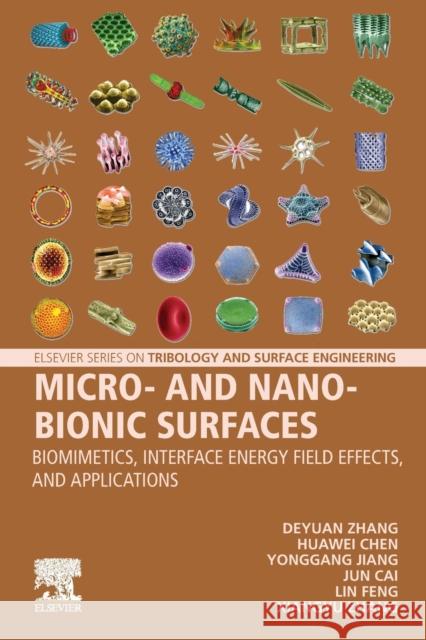Micro- And Nano-Bionic Surfaces: Biomimetics, Interface Energy Field Effects, and Applications » książka
topmenu
Micro- And Nano-Bionic Surfaces: Biomimetics, Interface Energy Field Effects, and Applications
ISBN-13: 9780128245026 / Angielski / Miękka / 2021 / 360 str.
Micro- And Nano-Bionic Surfaces: Biomimetics, Interface Energy Field Effects, and Applications
ISBN-13: 9780128245026 / Angielski / Miękka / 2021 / 360 str.
cena 883,49 zł
(netto: 841,42 VAT: 5%)
Najniższa cena z 30 dni: 856,36 zł
(netto: 841,42 VAT: 5%)
Najniższa cena z 30 dni: 856,36 zł
Termin realizacji zamówienia:
ok. 18-20 dni roboczych.
ok. 18-20 dni roboczych.
Darmowa dostawa!
Kategorie:
Kategorie BISAC:
Wydawca:
Elsevier
Seria wydawnicza:
Język:
Angielski
ISBN-13:
9780128245026
Rok wydania:
2021
Numer serii:
001165673
Ilość stron:
360
Waga:
0.48 kg
Wymiary:
22.86 x 15.24 x 1.91
Oprawa:
Miękka
Wolumenów:
01











